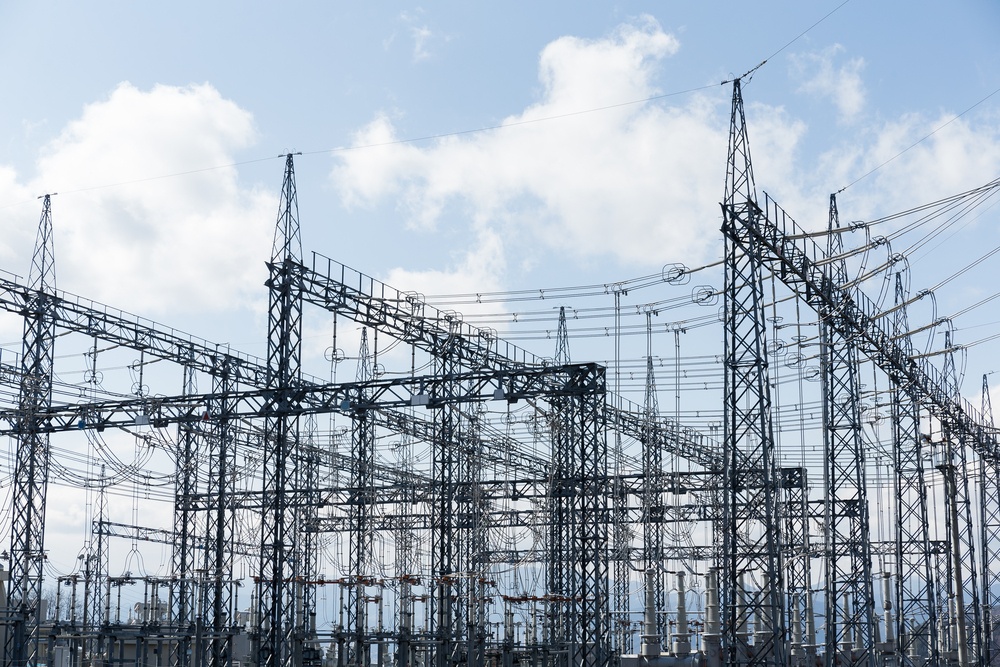When breaking down your electricity bill, there are two different types of utility expenses you will see: the transmission and distribution rates portion and the supply rates portion. The supply portion covers the actual cost of generating the energy, while the transmission and distribution portion covers the infrastructure that is needed to get that energy from its generation source to you. Often times when trying to cut utility expenses, the focus is on obtaining the lowest electricity supply rates. However, even if you are contracted with the “lowest” supply rate, utility expenses can still increase due to the transmission and distribution portion of the bill. So, what is the difference between these utility expenses and how can you reduce the impact of increasing transmission and distribution costs?
Transmission & Distribution:
Arguably the most important part of your utility bill is the transmission and distribution portion because these are what deliver you the actual electricity you demand with reliability. However, the 300,000 miles of transmission lines are outdated (the Department of Energy reported 70% of transmission lines are 25 years old+) and in need of hefty investments to maintain their reliability through more customers, variable generation (i.e. renewables), and natural disasters. According to the US Energy Information Administration (EIA), utility distribution spending has risen 54% since 1997, from $31 billion to $51 billion annually. And as these costly infrastructure projects become more common, your overall utility expenses will increase because their costs are included in your utility rates. But, these rates remain regulated, therefore any utility’s infrastructure project has to be approved by a state’s Department of Public Service, Public Service Commission, or Board of Public Utilities before seeing increases to your rates. How these rates differ from what you pay in your supply portion is that you do not have the freedom to choose a different delivery service. While the increased T&D rates are generally unavoidable (unless you leave the grid), there are ways to position your portfolio to still generate utility savings.
Supply:
The supply portion of your utility bill, also known as the generation cost, is the cost of actually generating power – think of the cost to operate a nuclear plant, the cost of natural gas as an input to burn at a combined cycle generator, the cost of building solar and wind farms, etc. The total supply amount charged is determined by price times quantity (PxQ) – i.e. the price per kWh multiplied by the volume of kWh consumed. The price is determined by your contract details (in deregulated markets), tariff rate structure, and market fundamentals affecting the forward and spot electricity markets (see Fixed vs. Index Pricing article). Solely focusing on the supply portion is not enough to generate savings because the transmission and distribution costs share a growing percentage of the total utility expenses – accounting for over 50% of the bill in some territories.
Managing Utility Expenses:
While there is no way to evade the increased transmission and distribution expenses without leaving the grid, there are still ways to manage your utility expenses:
- Utility invoice management – Without knowing how much of your bill is comprised of transmission and distribution costs vs. supply costs, there is no way to effectively manage your overall spend. Utility invoice management is crucial to energy management by supplying you the data you need to optimize your facility and energy management strategy.
- Reduce consumption/demand – While generation rates may be volatile due to weather and other supply/demand fundamentals, and transmission and distribution rates are determined by public rate cases and are typically increasing over time, the quantity of energy consumed is eminently more controllable. By reducing your overall kWh consumption and kW demand, you position yourself ahead of rate increases. There are many ways to do this, such as managing your peak load, peer comparison, and using real-time monitoring.
- Electricity procurement strategy – It is important to understand and manage energy risk to ensure a procurement plan that aligns with your facility’s operations. The structure and timing of electricity supply contracts can result in thousands of dollars in supply-side savings if planned fittingly.
Rather than simply tracking total supply cost and total delivery cost, EnergyWatch provides granular insight into the breakdown of your delivery and supply components: consumption charges, demand charges, customer charges, taxes, and miscellaneous (late fees, adjustments, deposits, etc.). With this level of detail, you can quantify the savings from your energy management projects, rather than simply using a misleading average cost per kWh. Learn more about how EnergyWatch can provide market expertise and provide you with the capability to identify opportunities that can cut utility expenses.
 Top Sustainability Trends to Watch in 2025
Top Sustainability Trends to Watch in 2025

 Log In
Log In








